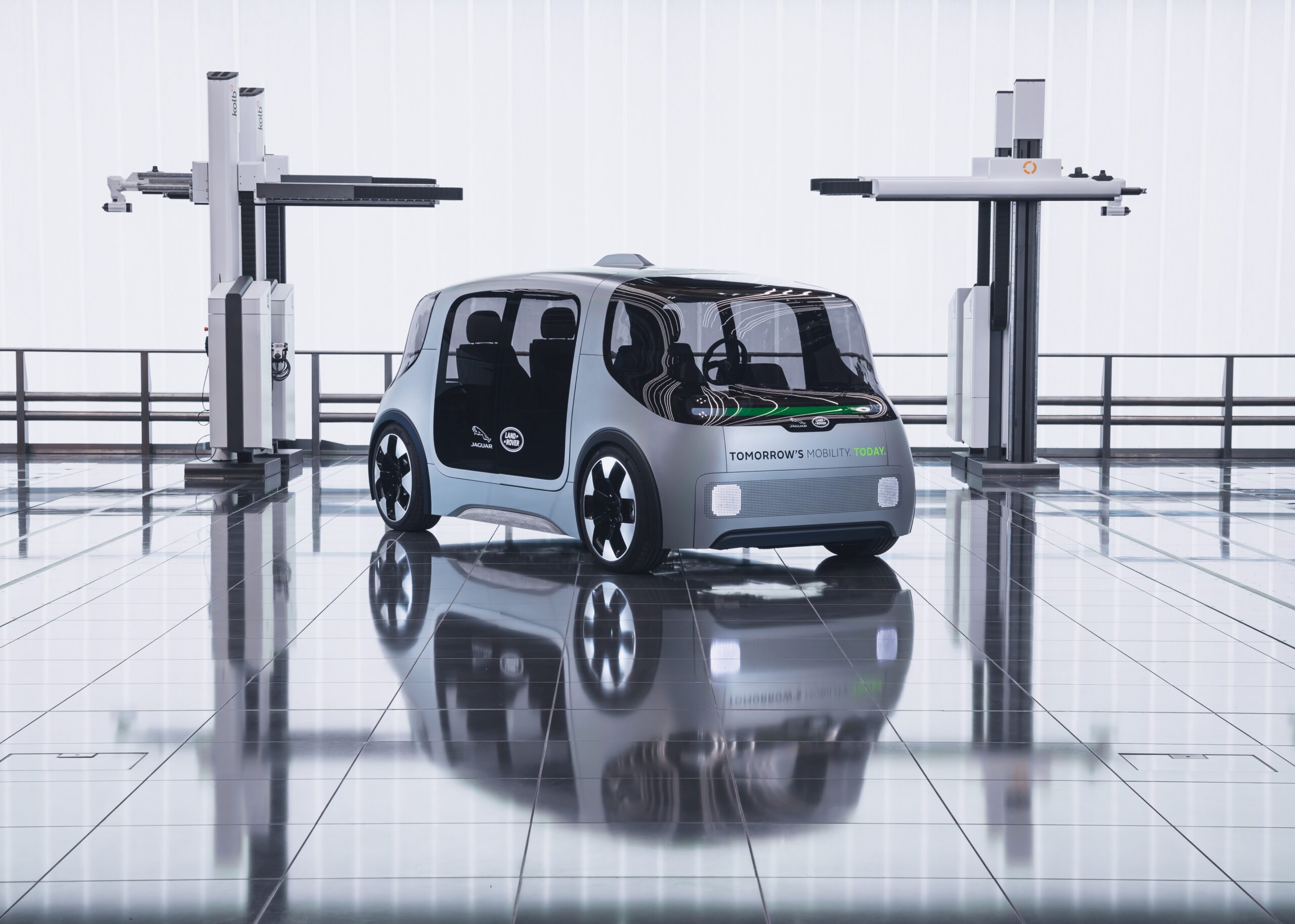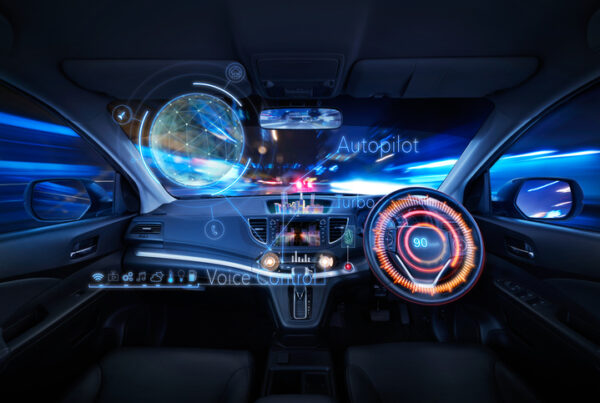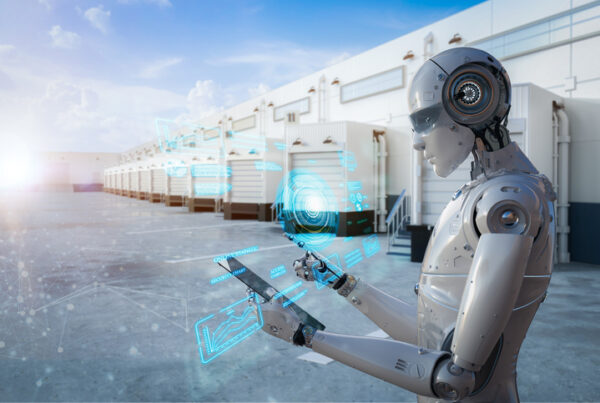Jaguar Land Rover has unveiled the bold new concept vehicle, Project Vector, as part of the company’s Destination Zero journey, offering its vision of an autonomous, electric, connected future for urban mobility.
Jaguar Land Rover’s Destination Zero mission is an ambition to make societies safer and healthier, and the environment cleaner. Delivered through relentless innovation, the company’s focus is on achieving a future of zero emissions, zero accidents and zero congestion – through its products, services and across its facilities.
As the next stage of that journey, the Project Vector concept showcases an advanced, flexible, multi-use electric vehicle that is ‘autonomy-ready’.
“Jaguar Land Rover understands the trends shaping modern societies. Project Vector shows Jaguar Land Rover as a leader in innovation to make our societies safer and healthier, and the environment cleaner,” Jaguar Land Rover Chief Executive Officer, Prof Sir Ralf Speth said.
“Through this project, we are collaborating with the brightest minds in academia, supply chain and digital services, to create connected, integrated mobility systems – the fundamental building blocks for Destination Zero.”
“Project Vector is precisely the brave and innovative leap forward needed to deliver on our mission.”
The compact, flexible vehicle concept measures just four metres in length and is designed for the city, packaging all its battery and drivetrain components into a flat floor, to allow a variety of uses.
The revolutionary interior cabin space allows seating configurations for private, or shared use and even the opportunity for commercial applications, such as last mile deliveries.
Project Vector concept has been created with the mission to raise the quality of future urban living.
It has been developed at the National Automotive Innovation Centre to gain the advantages of working with agility and close collaboration with academic and external partners.
It will also address the wider landscape of mobility, from how customers connect with mobility services, to the infrastructure required to enable fully integrated, autonomous vehicles in our cities.





















